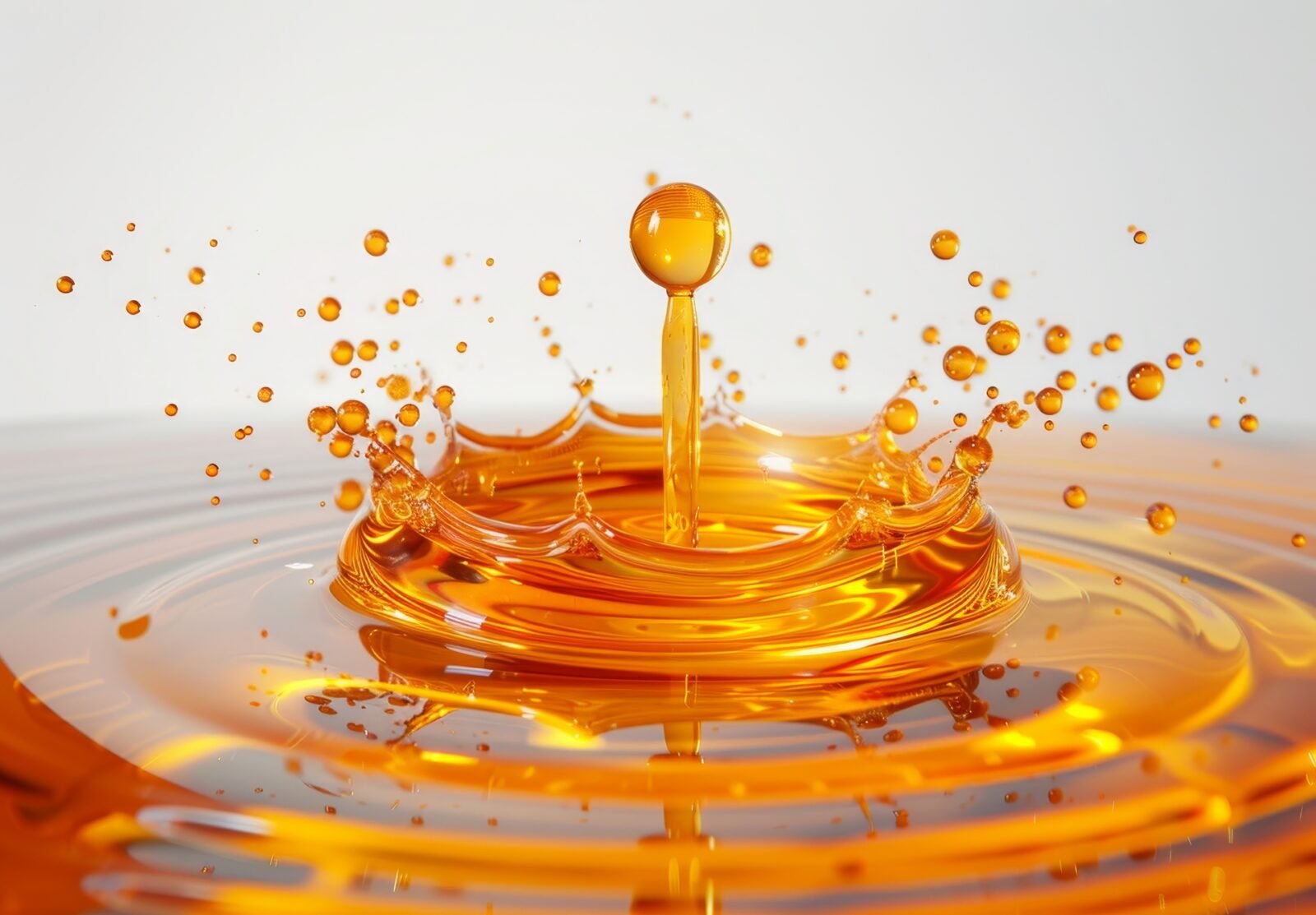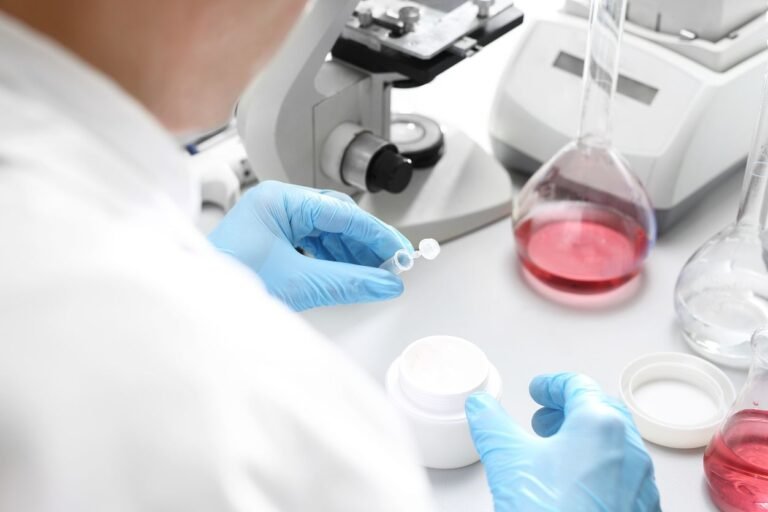Emulsifiers form the backbone of creams and lotions. Among them, glyceryl stearate is one of the most widely used. However, chemists often ask: what is the difference between Glyceryl Stearate SE and its non-SE version? In this guide, we review composition, performance, safety, and formulation tips to help cosmetic chemists make the right choice. As a result, you will gain clarity on how to apply each type effectively in your work.
Understanding Glyceryl Stearate
Glyceryl stearate is the ester of glycerin and stearic acid. Because of its amphiphilic structure, it functions as both an emulsifier and stabilizer. In creams and lotions, it reduces surface tension and allows oil and water phases to remain uniform (PubChem). Moreover, it contributes to a soft, smooth after-feel, making it popular in both skin and hair formulations.
What Does “SE” Mean?
The “SE” in Glyceryl Stearate SE stands for “Self-Emulsifying.” This version is pre-blended with small amounts of alkali metal stearates, usually potassium or sodium stearate. Consequently, it acts as an anionic emulsifier capable of stabilizing oil-in-water (O/W) emulsions on its own. In contrast, the non-SE version requires pairing with additional co-emulsifiers to achieve stability.
Key Differences Between SE and Non-SE
- SE Version: Provides stronger emulsification, particularly in O/W systems. Because it contains added soaps, it stabilizes emulsions more effectively on its own.
- Non-SE Version: Primarily used as a co-emulsifier. It improves texture, viscosity, and sensory profile but cannot always stabilize emulsions independently.
- Skin Feel: SE provides a lighter, slightly soapy feel, whereas non-SE offers a creamier, more luxurious after-feel.
- pH Tolerance: SE tolerates a wider pH range due to its anionic nature. Non-SE works best near neutral pH ranges when paired with nonionic emulsifiers.
Formulation Guidelines
When formulating with glyceryl stearate, chemists should consider concentration, oil phase, and compatibility. Therefore, general usage guidelines include:
- SE Version: 3–5% as a primary emulsifier in O/W creams and lotions.
- Non-SE Version: 2–4% as a co-emulsifier, often combined with cetearyl alcohol, ceteareth-20, or polyglyceryl esters.
- Texture Modification: SE yields lighter creams, while non-SE delivers richer viscosity.
As a result, chemists can select SE for lightweight daily creams and non-SE for intensive night creams or body butters.
Applications Across Products
Because of their versatility, both SE and non-SE glyceryl stearates appear in multiple product types:
- Facial moisturizers
- Body lotions
- Hair conditioners
- Sunscreens and tinted moisturizers
In each case, the choice between SE and non-SE depends on whether stability or sensory luxury is prioritized. For example, sunscreens often rely on SE for stability under stress, while premium face creams lean on non-SE for texture.
Stability and Safety
Both forms of glyceryl stearate are regarded as safe and non-irritant at cosmetic concentrations. Moreover, both versions are biodegradable and sourced from renewable fatty acids (CIR Safety Review). Therefore, chemists can use either with confidence in clean-label or natural formulations.
Innovation Trends
Growing demand for “green emulsifiers” has encouraged suppliers to develop palm-free and RSPO-certified glyceryl stearate. In addition, some blends now incorporate bio-fermented fatty acids, improving sustainability scores. Consequently, formulators gain options that align with both performance and ethical sourcing goals.







